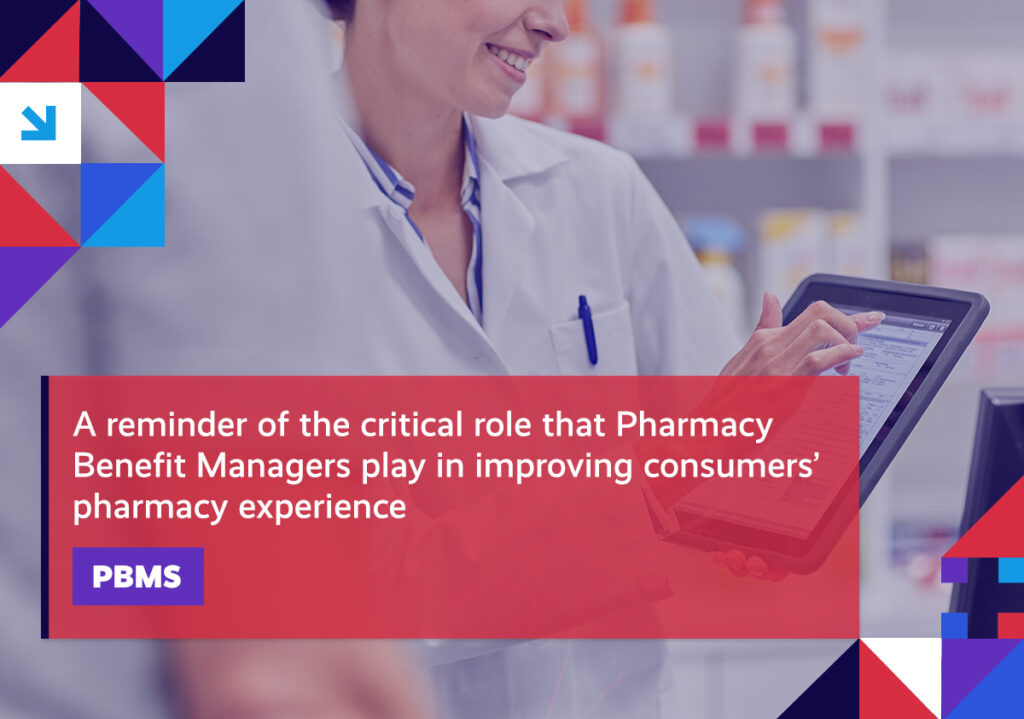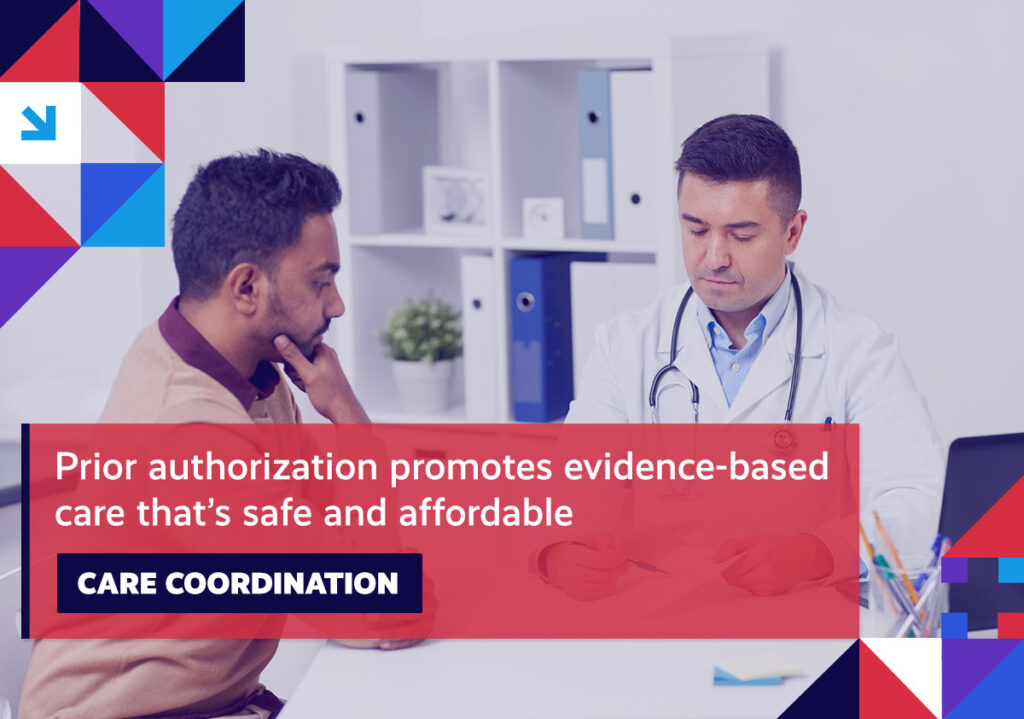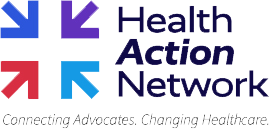A quick roundup of the issues driving the healthcare reform conversation.

Week in Review
HOSPITAL FINANCES Hospitals’ financial outlook continues to improve.
Quick takeaway: The financial health of the nation’s hospitals and health systems is stronger than they’d have you believe.
Digging deeper: Among the key takeaways from a new report on nationwide hospital financial performance is that, overall, hospital operating margins continue to show improvement, suggesting that hospitals have largely recovered from the financial turbulence experienced across all industries during the coronavirus pandemic.
In addition, the percentage of revenue hospitals keep as profit has also maintained its positive trend, while facilities were able to reduce their reliance on costly contract labor.
What it means: The data seems to paint a different picture than the one offered up by the hospital industry – a counter narrative reinforced by a separate analysis, which shows that nonprofit hospitals and health systems are actually on firmer financial footing, too.
DO NO HARM Patients are getting hurt by diagnostic errors at an alarming rate.
Quick takeaway: Nearly one-quarter of all hospitalized patients who died or were transferred to the ICU during their stay experienced a diagnostic error.
Digging deeper: A new study sheds light on just how risky hospitals can be as a result of human error, such as delayed diagnoses or misdiagnoses, which the lead author describes as “more common than we would like to think.”
In examining nearly 2,500 patient records from 29 academic medical centers:
- 23 percent experienced a diagnostic error
- 18 percent experienced temporary or permanent harm as a result
- A diagnostic error was deemed a contributing factor in 7 percent of patients who died
What it means: In pointing to the results, researchers said further study is needed to determine whether physicians with higher workloads or certain types of patients are more likely to make an error.
PBM VALUE Employers benefit from the choice and flexibility their PBMs provide.
Quick takeaway: Despite the misguided rhetoric, stakeholders value their relationship with pharmacy benefit managers (PBMs).
Digging deeper: A recent survey highlighted the important role that PBMs play in helping employers better control their prescription drug costs.
Specifically, the poll focused on how much employers value their PBMs. Among the findings:
- 90 percent said PBMs are valuable in helping them offer affordable benefits to their employees
- 96 percent of large employers (500 or more employees) said they value their PBMs’ work in helping keep their benefits affordable
- 97 percent of employers who contract directly with a PBM said they’re satisfied with their PBM
What it means: The results serve as a warning to lawmakers in DC and in state capitals across the country not to fall victim to Big Pharma’s scapegoating tactics – a sentiment echoed in a separate poll which shows voters are looking to their lawmakers to hold drugmakers accountable for out-of-control prices.
HEALTHCARE SPENDING U.S. health spending reached $4.5 trillion in 2022.
Quick takeaway: Spending grew 4.1 percent that year, settling back into pre-pandemic patterns.
Digging deeper: After growing just 3.2 percent in 2021, 2022’s growth was more in line with the average 4.4 percent growth rate in the years preceding COVID.
Also in 2022, health spending made up 17.2 percent of the economy, down from a peak of 19.5 percent in 2020, the first year of the pandemic.
What it means: While it remains to be seen whether spending growth will fall into a predictable pattern, it’s expected that trends will continue to be driven by medical-specific price inflation, the utilization and intensity of medical care, and the demographic impacts corresponding to the continued enrollment of Baby Boomers in Medicare.
Spotlight

| You can keep up with the latest by following the Health Action Network on X and by liking us on Facebook. And, be sure to check us out on LinkedIn, too. As always, let us know if there’s something you’d like to see covered in a future newsletter. |
The Health Action Network includes everyday Americans—families, workers, businesses, patients, providers, neighbors, and friends. We are working together because we support market-based solutions that offer better healthcare choices and help build a stronger economy. The Health Action Network is an Elevance Health, Inc., initiative.
